Date: 9 December 2014
The terraces and balconies of these two rectangular towers, which stand 87 and 119 metres high, are home to around 800 trees and a whole host of other plants, impressively blending nature with urban architecture.The plants and trees absorb dust, convert CO2 into oxygen and insulate the apartments from sun and noise. The towers' energy balance is further enhanced by the 10,000 m² of AGC solar control glass (ipasol neutral 73/42, ipasol neutral 48/27 and Stopray Vision-36T) used for the facades: these high-performance glass products offer excellent protection from overheating in summer, when light flows into all the buildings' spaces at the same time.
Bosco Verticale was built in the Porta Nuova park in northern Milan, as part of the Metrobosco urban regeneration programme. Metrobosco aims to densify the Milan urban area in an environmentally friendly way - so far, it has seen the creation of around 7,700 m² of new green spaces in the city. The two residential highrises also fall under the programme: their 19 (Tower D) and 27 (Tower E) floors provide ample space for 113 apartments of various sizes.
.jpg)
The towers are just as striking as they are innovative. The floors have been arranged in an irregular pattern around the buildings' cores so that the terraces and balconies jut out from the facade asymmetrically, offering residents some 8,900 m² of space to sunbathe and relax amidst almost a hectare of 'vertical forest'.
10,000 m² of AGC solar control glass ensures that the temperature inside the buildings remains optimal all year round. Different solar control glass types have been installed on the buildings' facades based on the direction they face, with the glass being chosen to match insulation and lighting needs. ipasol neutral 73/42 has a solar factor of 42%, while its excellent light transmission factor of 73% allows as much daylight as possible to enter the building. Where a little more protection from the sun is needed, ipasol neutral 48/27 is the solution of choice. Thanks to its low solar factor of 27%, the spaces behind the glass facade never get too hot, even in the height of summer, which saves on air-conditioning costs. And yet the glass still has a light transmission factor of 48%, in keeping with the light-oriented facade design. Stopray Vision-36T provides maximum solar control for the south-facing facades: it has an extremely low solar factor of just 20%, and a light transmission factor of 33%. With an outstanding thermal insulation value of Ug = 0.9 W/(m²K), the glass also offers effective protection against heat loss in winter.

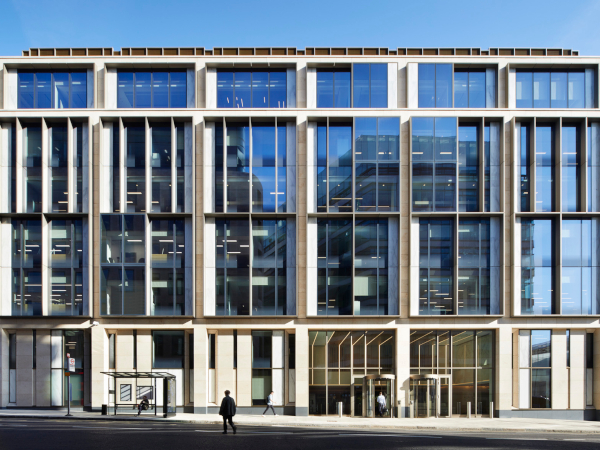
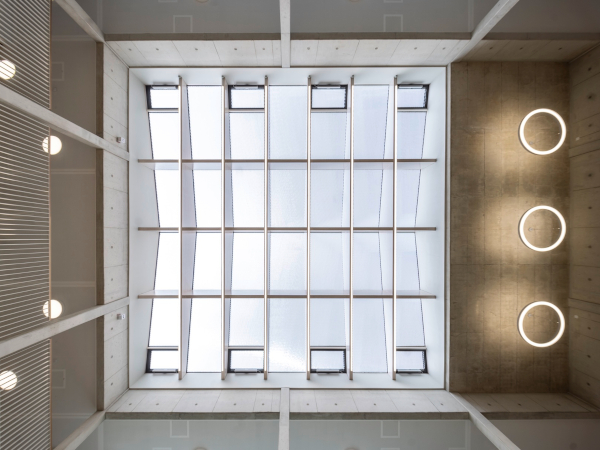
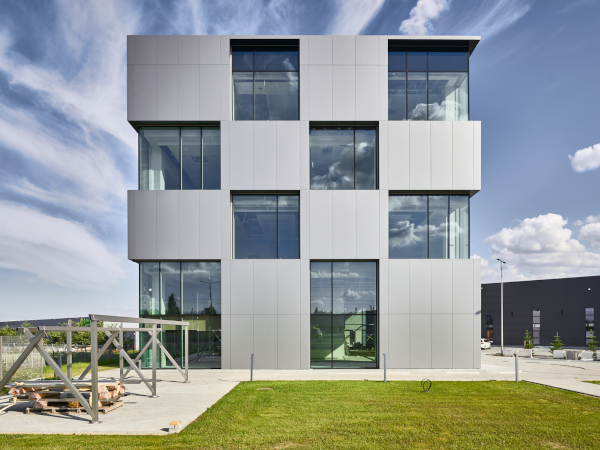

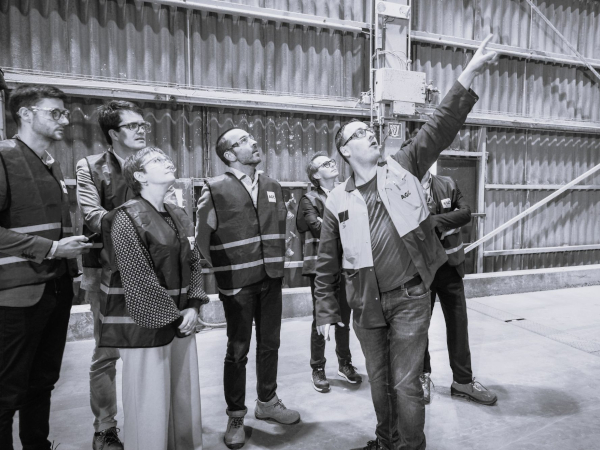
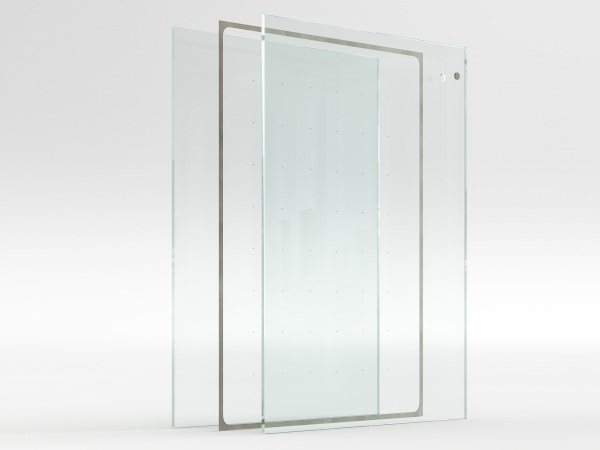







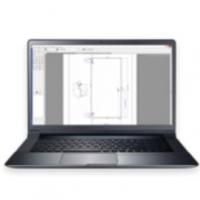
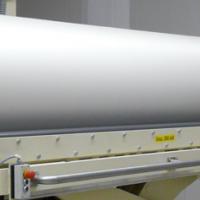
Add new comment